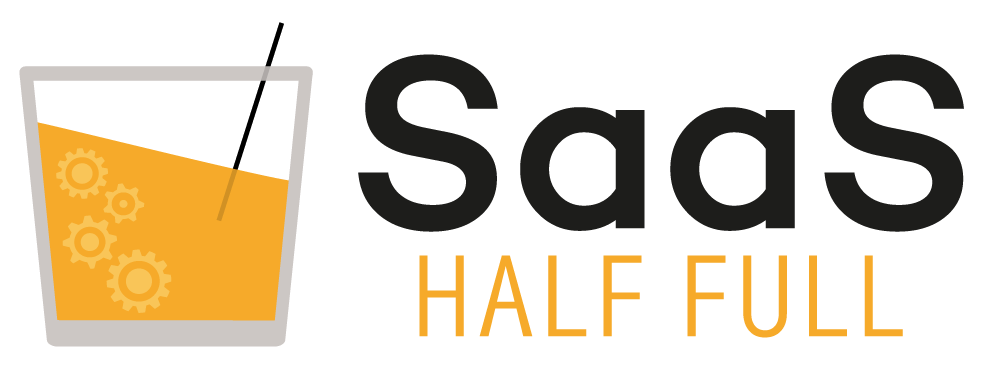In this episode of SaaS Half Full, Lindsey Groepper speaks with Alan Gleeson, the Founder of Agility, a SaaS-marketing consultancy based in London.
When is the right time to expand your SaaS company into the European market? Alan consults organizations considering this venture and shares with us his insight on a successful expansion. He talks about the unique differences between operating in the U.S. and Europe, including resource constraints, currency, language barriers and pricing arbitrage. Whether you’re thinking about setting up an office across the pond or are simply interested in learning more about SaaS in Europe, you’ll find something in this conversation.
PLG vs. Enterprise Expansion
For most product-led SaaS companies, they can be global from the start, essentially selling anywhere a prospect can read and press a “free trial” or “buy now” button. For these companies, monitoring Google Analytics can show where they’re gaining traction in specific markets, and there’s not much friction to gain customers outside of the U.S.
When it comes to selling into the enterprise, however, Gleeson suggests having boots on the ground in Europe to help companies navigate the local landscape. After all, VCs looking to invest in global SaaS companies will need to see you actually winning big deals outside of the U.S. Whether through a dedicated employee or an experienced consultant, there is much for newcomers to understand:
“What you do need is someone that…understands Europe. People don’t know a lot about Europe and in some instances, they may not know that there’s different currencies, that there’s different political regimes, there’s different tax regimes, there’s different languages,” says Alan.
Typical Blunders
Alan has seen his share of European-expansion missteps with the SaaS companies he’s consulted. One common mistake is companies who begin aggressive localization too early, meaning they decide to offer their website in 10 languages before having any data to back up the need for it. And, in many instances, if you build it, they won’t necessarily come.
“By deciding all of a sudden we needed Italian, Spanish, Portuguese, French, German versions of the website, and not recognizing that actually, for lots of enterprise solutions, most of the buyers would be speaking English anyway,” said Alan. “So that probably is a step that’s not needed, but also not recognizing it’s a very heavy price to pay because it’s a costly exercise.”
According to Alan, other oversights include not putting enough thought into where to establish a European HQ and pricing arbitrage. When it comes to pricing, there is only the dollar in the U.S., but the dollar is widely accepted throughout the globe. In contrast, if opening a European HQ in the UK you are dealing with the Sterling, a single currency not used anywhere else, and its value against the dollar fluctuates. If a SaaS company is optimizing its pricing for the dollar vs. pound sterling, the price differential can really add up over time.
Ultimately, Alan believes that, regardless of region, SaaS is very inexact based on the resources, industry and model of each company, so there is no one path or set of steps to successfully navigate Europe:
“SaaS is just so nuanced. It’s really difficult to give a straight answer on [what works]. It depends on so many factors and that’s why it’s…fascinating.”
For more of Alan’s insights, listen to Episode 322 of SaaS Half Full.
